End terrace cottage, Meltham
Notice of demolition of a small end terrace dwellingin Meltham, Huddersfield:
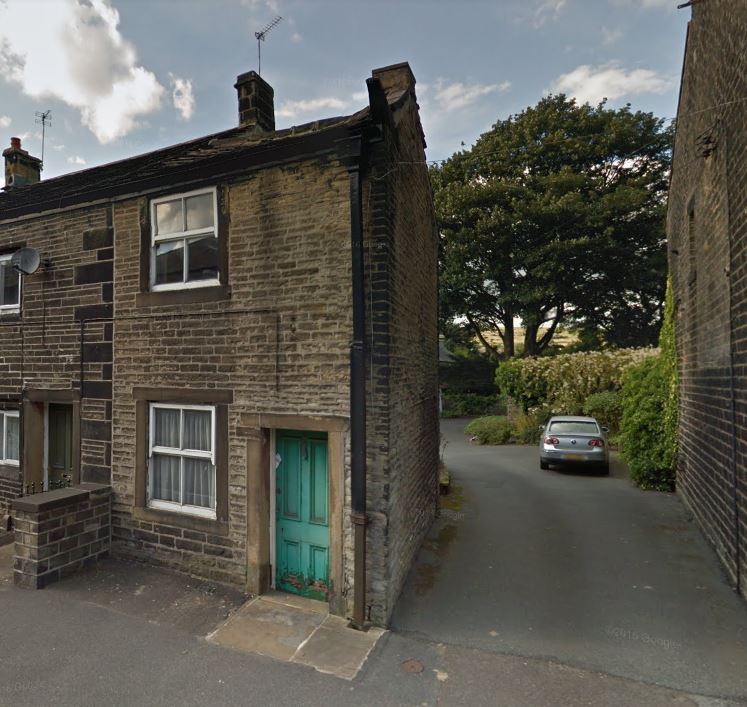
Not sure why the owner is wanting to destroy this building in a conservation area. The planning statement suggests they will use the space as a garden, but I’m not convinced. The applicant also acknowledges that the removal of the building will leave an unweathered gable end that will require work. This alone would be enough to despoil the conservation area, which is otherwise a pristine townscape of Victorian stone built stock – I’m surprised this street isn’t used for filming.
The neighbouring terrace is grade 2 listed. Hopefully the planning officer has the fore site to see the harm this would do to the setting of this protected building.
ARLFC Club, Drighlington
Application for the demolition of a former pub, and replacement with 5 dwellings in Leeds:
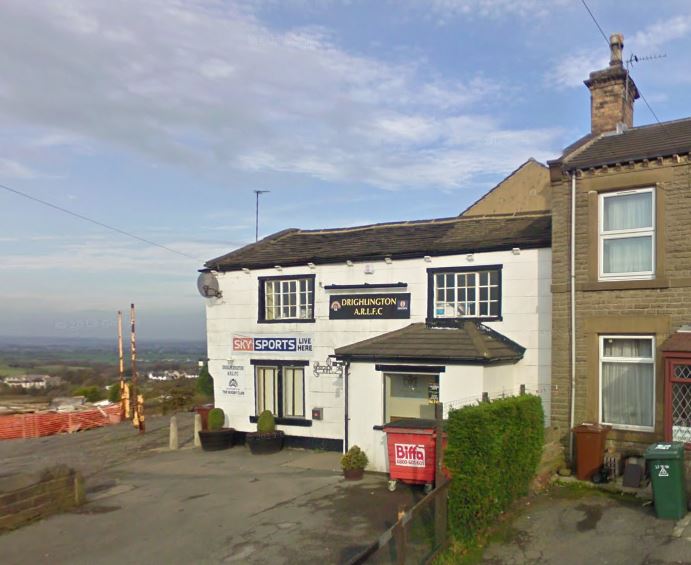
The Village of Adwalton, contiguous with Drighlington was once home to 5 pubs and a club. One pub, the New Inn, now remains, with the Rugby Clubhouse pictured above no longer in use. This is a very sad statistic. The population has bloated in the villages, yet public life has diminished.
This site is described by the architects as being ‘semi-derelict hardstanding’. Otherise known as a pub carpark. No mention is made of the cluster of Victorian stone buildings that make up this modest yet charming pub. Furthmore, this site is on top of a hill, and is visible from miles around. This building should be considered as part of a wider heritage landscape between Leeds and Bradford that is being slowly denuded of character.
As with most of these pub car park developments, the loss of the building is unessessary, and tantamount to laziness on the part of the developer. A good architect could integrate the pub into a commercially feasible development, perhaps even extending and enhancing the building line seen above, to improve the cohesive geometry of the village centre.
That is what builders used to do for hundreds of years. Development was an opportunity to make places.
Victoria Hotel, South Bank, Middlesbrough
Demolition of a pub in the suburb of South Bank, Middlesbrough:
https://planning.redcar-cleveland.gov.uk/Planning/Display?applicationNumber=R%2F2020%2F0045%2FCD
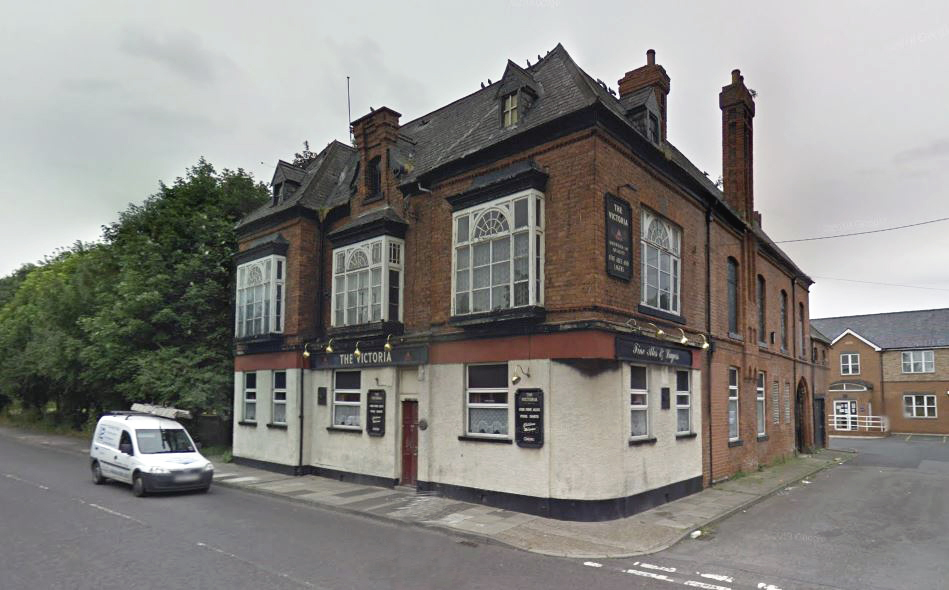
Looks like I’ll be too late to object to the loss of this beautiful pub and stable building, as the original application went in back in 2019.
This is one of three ornate Victorian buildings that together constituted the high street of South Bank; an industrial suburb of Middlesbrough economically harried for the last century, but was once a paragon of northern civic pride.
It is always worth reiterating that such fine civic architecture is such an important reminder of the aspirant nature of our Victorian city builders. This architecture was a statement that was meant to last a thousand years.
Not only will the locals have lost their pub, but they will have another hole where once a reminder of their sense of place stood.
Cottage in Stean village, near Harrogate
Stunning vernacular rural cottage to lost in the hamlet of Stean:
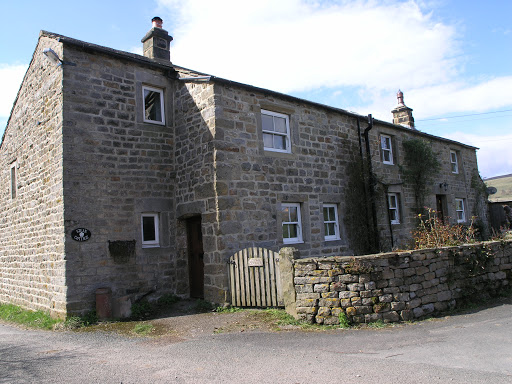
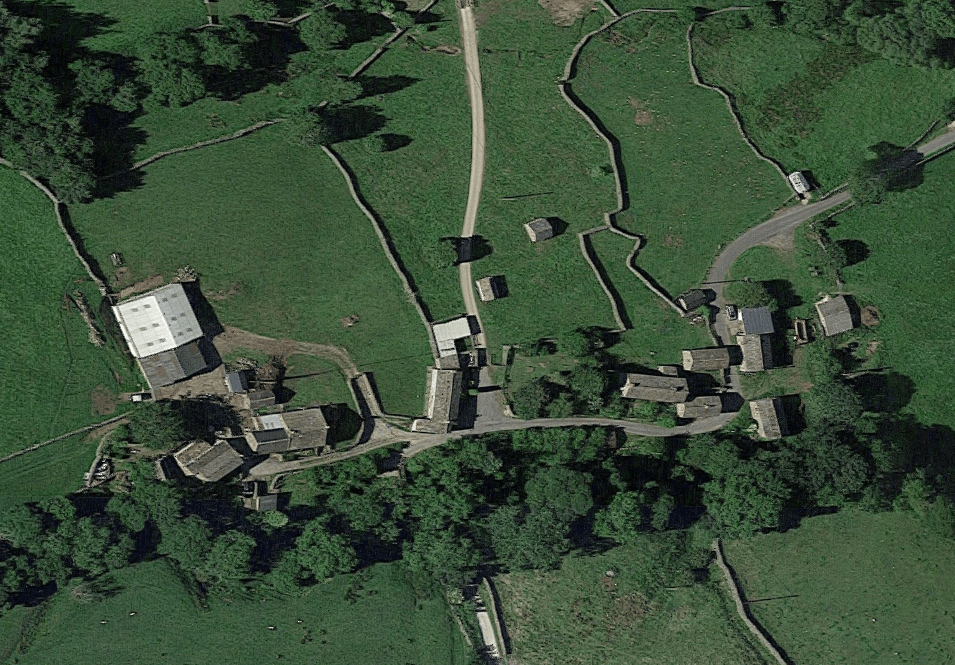
Stean is about as perfect a Yorkshire hamlet as you will find. And being a hamlet, the loss of a 9 bedroom cottage in the centre is a significant portion of the historic building stock.
Stean cottage, clearly is fundamental to the hamlet, as it bears its name. I can’t imagine what there is to gain from replacing a 9 bedroom dwelling however, the MET is likely to be outdated and the design and access statement suggests issues with damp.
The applicant assures that the replacement will recycle the existing materials, and insist that ‘any visitor will think it has been there forever’
Regent Cinema, Redcar
Beachfront cinema in Redcar has been demolished:
https://planning.redcar-cleveland.gov.uk/Planning/Display?applicationNumber=R%2F2020%2F0075%2FF3M

Built in 1928, the cinema is to be replaced by a newer cinema building, so thankfully Redcar won’t be losing the amenity of the cinema.
The art deco elevation will be missed form the sea front, offering a glimpse of the golden age of the British seaside town.
Lets hope the new building helps to revive Redcar as a destination for weekend revellers. Once we are allowed to revel again.
St Helen’s Square, Scarborough
Three buildings to be lost, including the Shakespeare Pub, for public realm improvements in Scarborough:
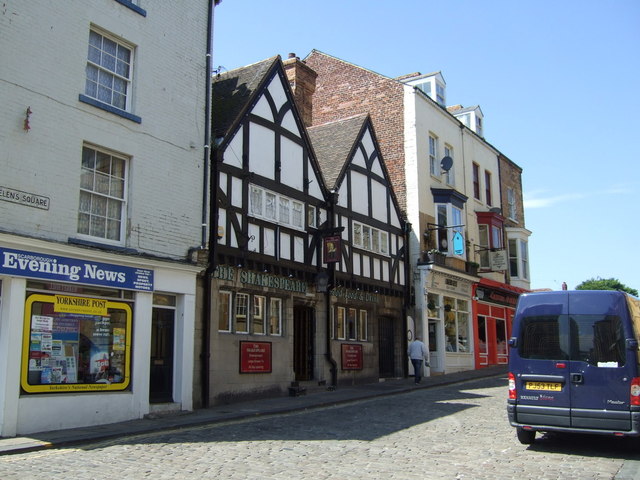
This is one of the strangest public sector led planning interventions I’ve seen.
The application, submitted by Scarborough Council (to be determined by Scarborough Council) involves the loss of three historic buildings including a mock Tudor half timbered pub, in order to create a setting for the restored market, and provide a moment between the town centre and the sea front to encourage movement between the two spaces.
The design statement also states that the setting will be improved as the building heights currently in place demonstrate too much variety, and that the notched corner is incongruous to the chamfered corners found elsewhere.
This is some of the most tenuous post-rationalisation I’ve ever heard. The removal of a pub will have the inverse effect to that intended, the variation in building heights offers modulation to the street frontage, and the notched corner provides an already sufficient amount of public realm for the cafe.
The loss of the buildings will also reveal a brick edifice, and a bare gable end which looks to be intended for some council sponsored public art. Get ready for rainbows and unicorns and holding hands.
Vociferous objection from Heritage England and many local groups have largely been ignored. If this was an application coming from the private sector, it would be refused without delay. However, as it is in the interest of Argos (the develop of the adjacent plot), and as the applicant will also determine the application, this will almost certainly happen.
I’d like to know the cost of this project. Compulsory purchase orders of three town centre commercial buildings, demolition costs, development costs, and revenue budgets for maintenance, will likely make this vanity project a pricey one for the Scarborough folk. And the loss of three residential dwellings is also a factor that has been completely overlooked.
Lets not go back to a time in which local authorities wield their power to clear buildings with the cavalier alacrity of the 1950s, only to regret it a decade later.
Clough House, Birstall
Application to demolish two Georgian buildings in Kirklees for 30 new houses:


Top: front elevation of Clough House. Lower: Outbuilding to the rear
Cough House built in 1799 should be afforded statutory protection. I quote English Heritage; ‘all buildings built before 1700 which survive in anything like their original condition are likely to be listed, as are most buildings built between 1700 and 1850.’
This should be a relatively simple planning dialogue between Kirkless and the developer. Yes, go ahead and develop the site, but only in a way that preserves the historic buildings, and as per local policy, enhances the setting.
If this is not done, then Kirklees’ own policies have been flouted.
As expected the heritage statement commissioned by the developer supports the demolition of the buildings, as they are not as ornate as some of the other mill owners’ villas of the same period. He goes on to state that the new housing quantum is worth the loss of the building.
You can almost certainly have both. The developer as per usual is just demanding a carte blanche site to get stuck into. This is not good planning. I urge you to object.
West Vale Mill offices, Calderdale
Application to clear the remaining buildings on a former mill site:
https://portal.calderdale.gov.uk/online-applications/applicationDetails.do?activeTab=summary&keyVal=QKZB2SDWFG600
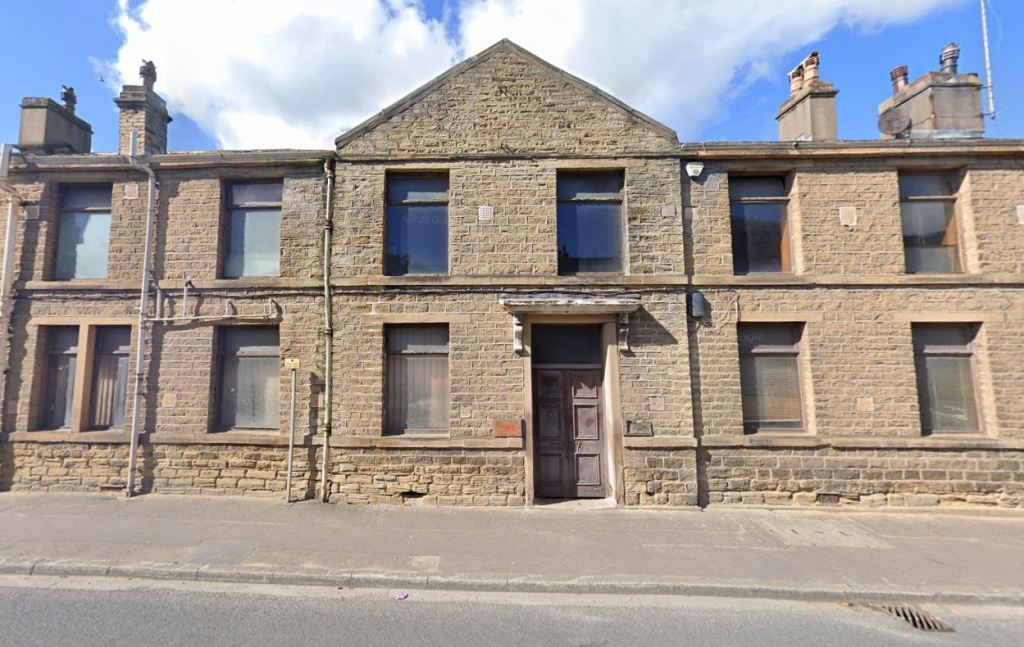
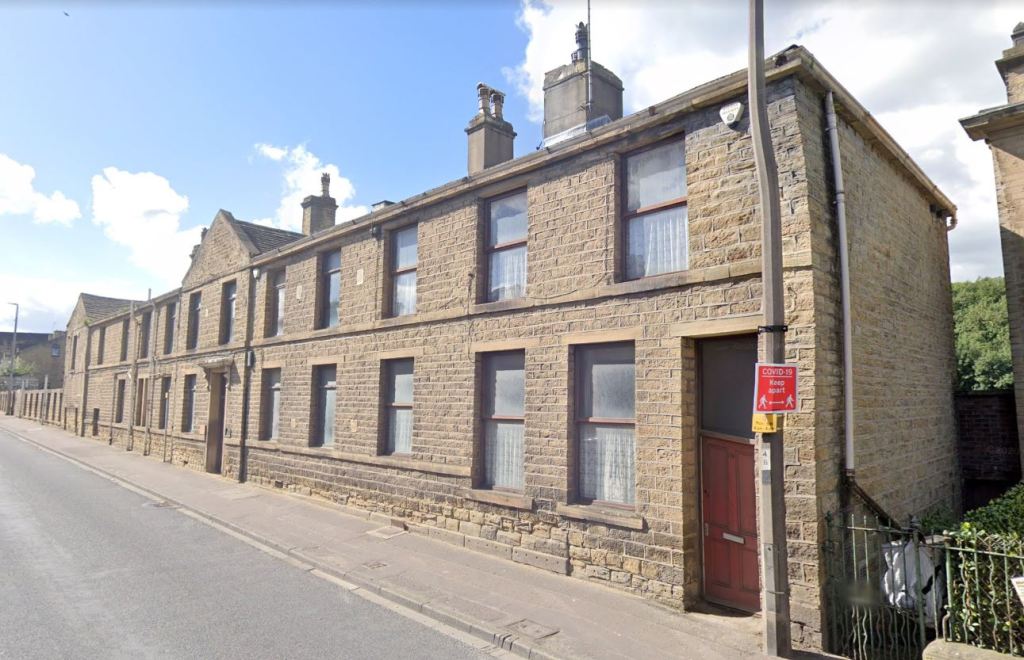
West Vale Mill, the demolition of which has been piecemeal throughout the last decade, was a stunning stone-built campus around which this village developed. The mill building, was lost a few years ago and was covered on this website. Now the last remaining vestige is to be removed.
Strangely, the mill offices pictured above are a perfectly domestic scale and aesthetic. Put some front doors on there and you’ve got a row of cottages. People still like cottages right? I imagine the developer, and possibly the planning team at Calderdale will have made a stink over the lack of adequate off-street parking, condemning this terrace to demolition.
The same can be said for the entire complex shown in the image below. I cannot think of a more perfect industrial Yorkshire townscape than the former West Vale Mill, now all gone. The market has proven time and time again that stone built industrial refurbishments outperform new builds on the market every time. People want character. These buildings did not have to be lost.
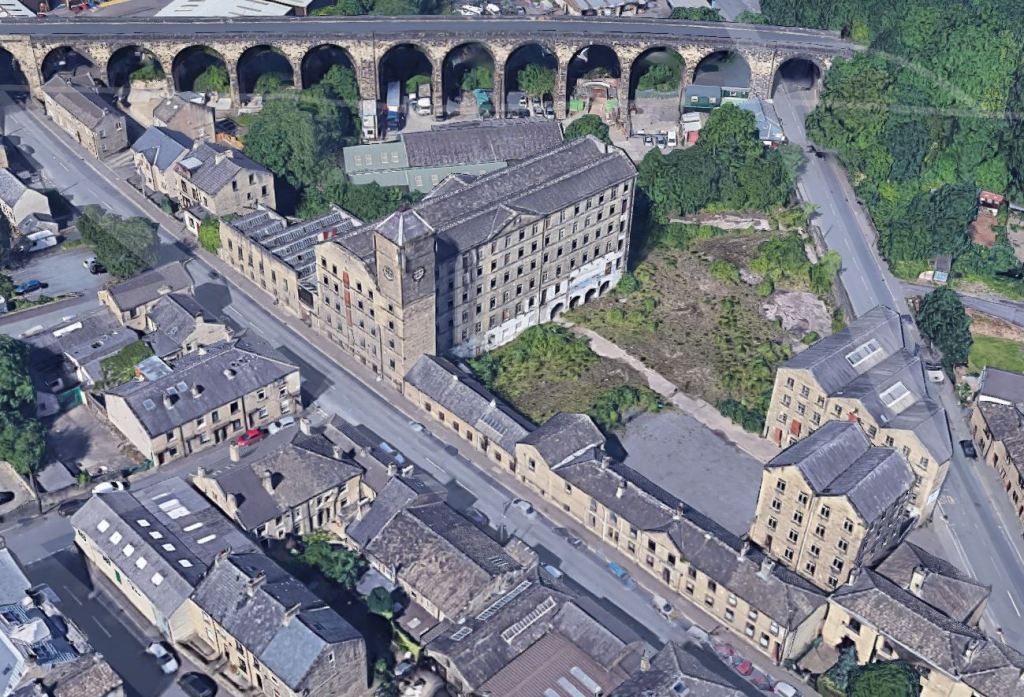
Not to mention the amount of embedded carbon that would be saved. Flattening a site and rebuilding it is hardly sustainable. No amount of locally grown broccoli from Todmorden is going to offset that.
House at Cliffe, Selby
Rural cottage to be replced with three hosues:
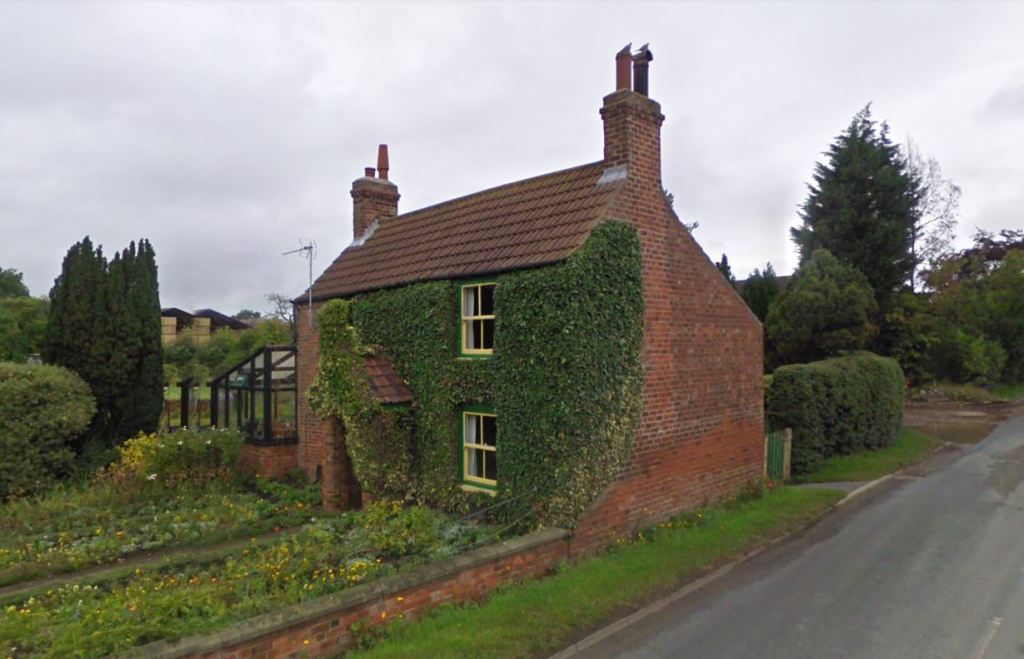
Charming Ivy clad cottage to come down just to teh East of Selby in Cliffe village. Its the nuances that are abscent from new builds that initially piqued my interest in heritage. The above, for example, has a boundary wall that attaches to the gable wall. This sort of feature will be abscent from the replacement, but in design terms, marries the building to its environment.
Hopefully the ivy will grow back over the three hosues that replace this bulding.
Brew and Brisket pub, York
Circa 1900 pub to be lost near Clifton Moor:

A lovely example an important typology from this era; The Roudhouse Pub.
The applicant is looking to demolish the building, put up a prefab unit and create a service yard for a car wash. Im no entrepeneur, but surely it would be cheaper to keep the building as the business premises? You could even lease out some of it as office space.
The pub doesn’t occupy a central position within the plot, being tucked away in a corner, so its not as if the configation on the site precludes its use a car valetting facility. Even the heritage statement accepts that the history of the site needs to be further reseach before the building is touched by the wrecking ball. Thats as close as we’ll ever get to a plea for retention from a comissioned heritage expert.
These pubs are vital robust public buildings, and slowly they will come back to life in a post-covid world. It is difficult to appreciate from the image, but the brickwork now demonstrates a centenial spalling, after 100 years of life and love. Clean your car by all means, but only when you’ve got enough spare cash after going to the pub.